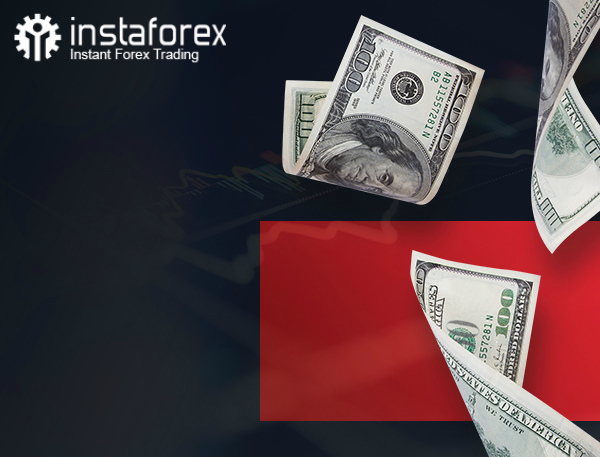Trading is a process of selling or buying financial options, futures, currencies or shares in order to make profits. A profit is a difference between buy and sell prices.
Earlier stock trading was available only to financial institutions and stock exchange speculators, but now anyone willing can give it a try. Nowadays, there is a myriad of individual traders able to carry out transactions in the currency market. Due to the Internet and easy access to trading platforms, trading becomes more and more common activity annually.
Traders
A trader is a person working in the financial market and trading options, standard contracts, money units, securities etc. To put it simply, anyone who works in the market is a trader.
Trader types
All traders can be divided into:
- professional market participants;
- amateur traders.
Professional traders are those who trade at a professional level, who have a degree in economics, mastered needed skills and took the corresponding position. Usually, they areemployed in banks, investment and research companies, brokerage firms etc. Sometimes, they work in the market on their own and earn good money.
Amateurs are those who failed to fit into the first group. This group includes people with various professions and education. The only thing that unites them is their love for currency trading. Working in the currency market is a chance to discover new prospects and reach a higher level.
Trading strategies
There are several types of trading to suit various trader types:
- Pipsing. Deals are held for a few seconds or minutes. Profits make up several pips.
- Scalping. Deals are kept for a few minutes; trading is carried out on the M5 time frame.
- Intraday. Trading is conducted within a day. Time frames are M5-H1. All deals are closed on the same day without rollovers.
- Short-term trading. Positions are held for a few hours or days. The key factor is the achievement of a profit or loss level that is around 50-200 pips away from the entry point.
- Mid-term trading is carried out on the H4-D1 time frames. Deals are kept for a few days or weeks; target levels are about 300-700 pips away from the entry.
- Long-term trading is commonly associated with investing. A trader purchases an asset, the profit from which is fixed only several months or years later.
Depending on their time devoted to trading, spare capital and psychological traits, a trader chooses the trading strategy that suits them the most.
Based on a market situation, trading can be:
- Trend-following. Deals are opened alongside the current trade;
- Countertrend. Positions are opened against the trend as a trader awaits correction or a trend reversal;
- Range. Trading is carried out within a settled price range.
Traders and their instruments
Every market participant has their own system, or strategy, and rules. There are intraday traders who work intraday and make dozens of deals. There are investors who make only a few transactions a year. Traders can be divided into the following types according to the instruments and analysis methods they use:
-
Technical traders are those who use technical analysis to assess a market situation. The most popular analysis is based on graphic patterns, channels, support/resistance lines. Newbies prefer to enter the market according to arrow indicators.
-
Fundamental traders use political and economic analysis. It is one of the most complicated research types in the market. You need an analytical mindset to use it. You need to digest and process a lot of information. The point of fundamental analysis is forecasting price movements depending on political and economic factors (news, reports, catastrophes etc.).
-
Players are traders who enter the market randomly without reasonable grounds. Usually they rely on their intuition willing to make easy money quickly.
All in all, we’ve touched on trading and its types as well as classification of traders.









